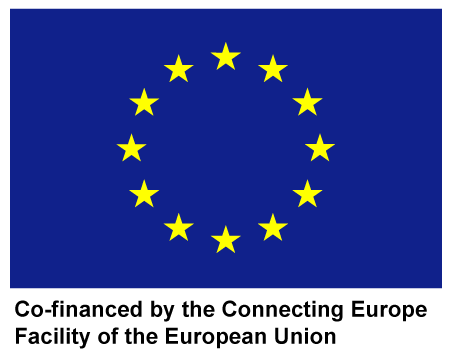
Cooperative Urban
Mobility Portal
Explore Connected and Cooperative Mobility

Cooperative
Urban Mobility Portal
Explore Connected and Cooperative Mobility
Slow or Stationary Vehicle Warning (SSVW)
Slow or Stationary Vehicle Warning aims to inform/ alert approaching vehicles of (dangerously) immobilized, stationary or slow vehicles that impose significant risk.
Participating actors in Slow or Stationary Vehicle Warning include vehicle driver, who receive stationary vehicle information on the in-vehicle display, road operators, who may detect and signal the presence of a stationary vehicle, service providers, who disseminate the stationary vehicle information to vehicle drivers, and end users as traffic jams caused by stationary vehicles may be used by route planners.
The objective of Slow or Stationary Vehicle Warning is to provide timely in-car driving assistance information on a stationary vehicle(s) downstream of the current position and in the driving direction of the vehicle.
Invisible
Your content goes here. Edit or remove this text inline or in the module Content settings. You can also style every aspect of this content in the module Design settings and even apply custom CSS to this text in the module Advanced settings.
Business models
Taking into account various stakeholders’ views, a list of business model blueprints that address current or future challenges of urban areas, together with their operating and value-capture scenarios depicting the inner-workings of the business models, and the exchange of costs-benefits among stakeholders, have been created for the Slow or Stationary Vehicle Warning service.
Invisible
Your content goes here. Edit or remove this text inline or in the module Content settings. You can also style every aspect of this content in the module Design settings and even apply custom CSS to this text in the module Advanced settings.
Architecture
ITS-G5
In case of ITS-G5 communication technologies On-Board Unit of the stationary vehicle sends the location of the stationary vehicle to the Roadside Unit. From the Roadside Unit depending upon the display select, different flow is possible. If the warning is to be displayed on a display on the Roadside Unit, the Roadside Unit forwards the message to the Roadside System, where it calculates the advice and displays it. If the warning is to be displayed in the vehicle, the Roadside Unit forwards the message to the On-Board Unit of the other vehicle downstream from the stationary vehicle, where the On-Board Unit calculates the advice and displays it.
Invisible
Your content goes here. Edit or remove this text inline or in the module Content settings. You can also style every aspect of this content in the module Design settings and even apply custom CSS to this text in the module Advanced settings.
Architecture schema
Detailed information about Slow or Stationary Vehicle Warning architecture can be found here.
Invisible
Your content goes here. Edit or remove this text inline or in the module Content settings. You can also style every aspect of this content in the module Design settings and even apply custom CSS to this text in the module Advanced settings.
Invisible
Bordeaux
In Bordeaux the Slow or Stationary Vehicle Warning service is implemented using both cellular and ITS-G5 communication technologies. The information comes from the “Bison Futé” database named “TIPI”. The service provides alerts about stationary vehicles on the road network on highways and inter-urban roads. The service provider of SSVW is NeoGLS and the service is available through the App “CTD – Connected Mobility”.
Invisible
Vigo




This website has received funding from the European Union’s Horizon 2020 Research and Innovation Programme
under Grant Agreement number 723311.
